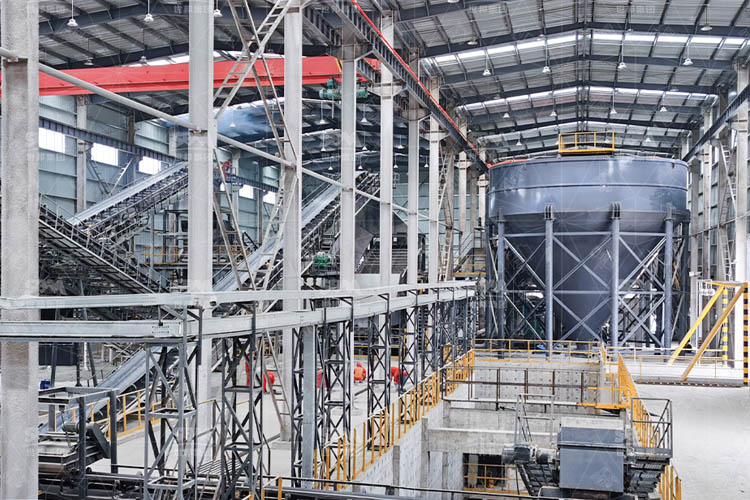Dust generation is an inherent challenge in quarry operations, particularly during the extraction, crushing, screening, and transportation of aggregates. Excessive dust not only poses significant health and safety risks to workers and nearby communities but also impacts equipment efficiency, product quality, and the surrounding environment. Therefore, implementing effective dust control measures is essential for sustainable and responsible quarry management. This article explores the sources of dust in quarry processing and outlines proven strategies to minimize dust emissions.
Dust is produced at various stages of quarry operations, including:
Uncontrolled dust can lead to:
Water spraying is one of the most common and effective methods for dust control. It involves:
Best Practices:

Dust extraction systems use fans and ductwork to capture airborne dust at the source and direct it to filtration units such as baghouses or cyclones.
Best Practices:
Physical enclosures around crushers, screens, and conveyors help contain dust within a confined area.
Best Practices:
Chemical agents can be applied to roads and stockpiles to bind fine particles and reduce dust emissions.
Best Practices:
Regular cleaning and maintenance reduce dust accumulation and prevent secondary dust generation.
Best Practices:
Adjusting operational practices can also help minimize dust.
Best Practices:
Continuous dust monitoring is essential to assess the effectiveness of control measures and ensure compliance with regulatory standards.
Reducing dust during quarry processing requires a comprehensive approach that combines engineering controls, operational best practices, and ongoing monitoring. By investing in effective dust suppression technologies and fostering a culture of environmental responsibility, quarry operators can protect worker health, enhance operational efficiency, and minimize their impact on the surrounding environment. Sustainable dust management is not only a regulatory requirement but also a key component of modern, responsible quarrying.
leave your message here, we'll send you
an Email immediately.

C6X Jaw Crusher is optimized on its structure to achieve greater crushing stroke. Thus it has lower ...

Higher crushing efficiency CI5X Impact Crusher is produced based on advanced technologies, precision...

HST Single Cylinder Hydraulic Cone Crusher has a variety of crushing chambers to choose from, fully ...

